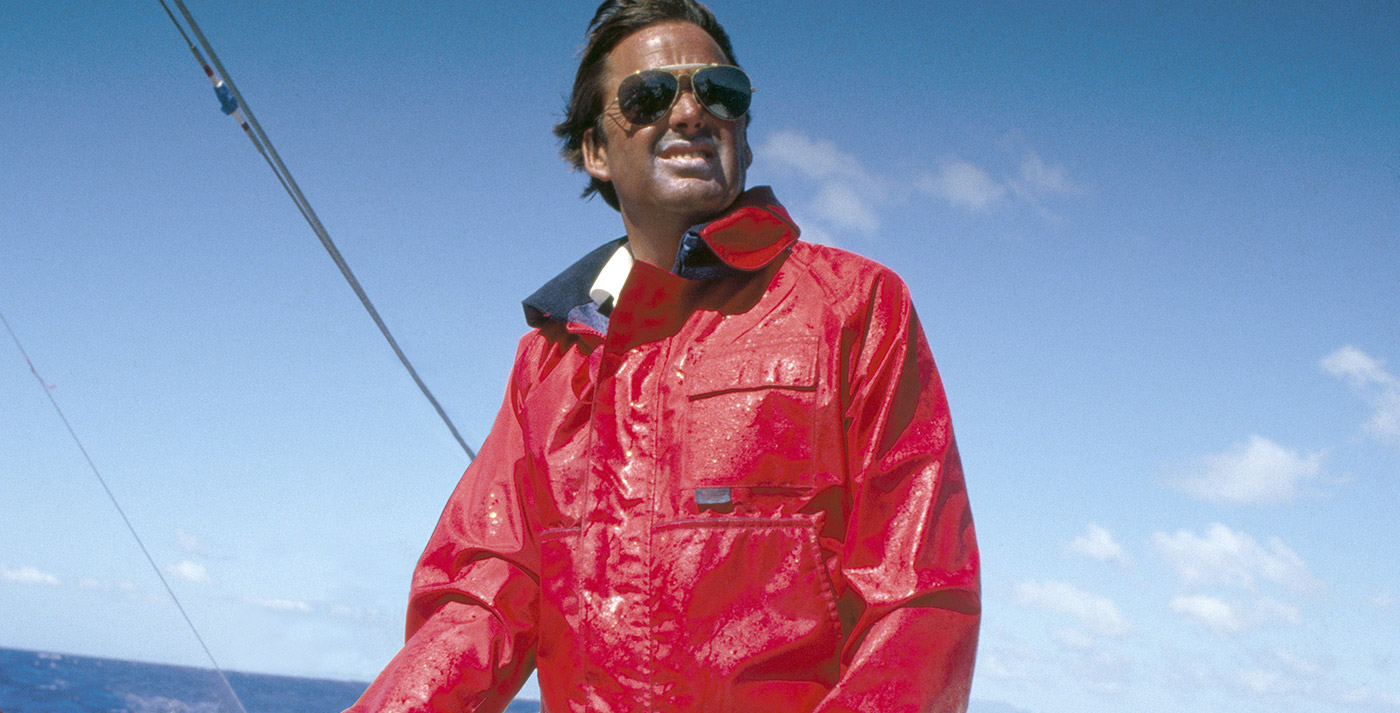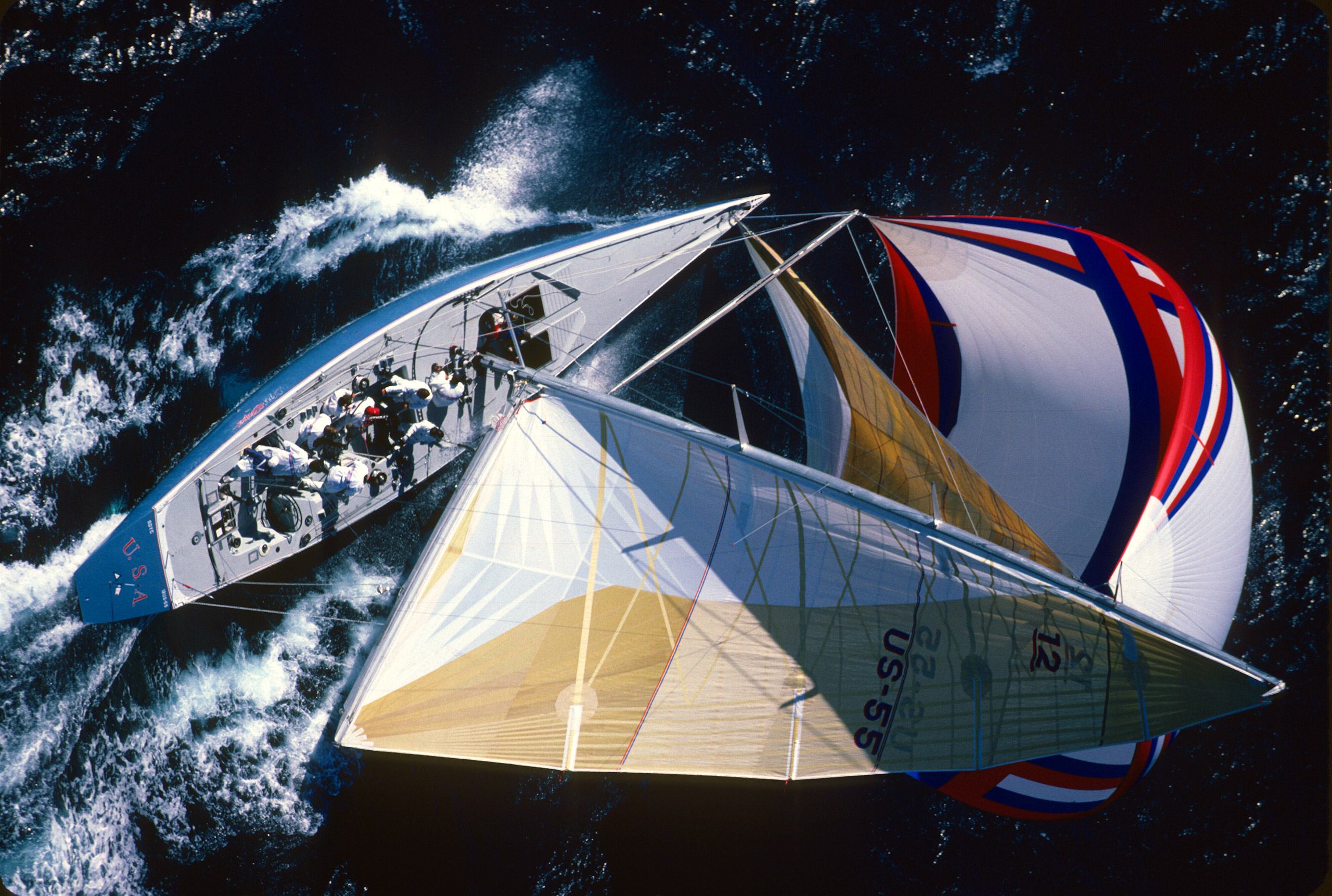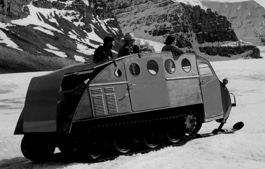
Sail of the Century
When the America’s Cup returned home in 1987, a new golden age of sailing came with itDeep in the fathoms of the human mind, mirroring the oceans that brought forth all life, is the urge to venture to new lands across the open sea. In culture high and low, from Homer’s epic Odyssey in 700 BC to Christopher Cross’ soft rock ’80s hit “Sailing,” there lies a universal desire to harness the wind and glide upon the ocean. Also—to do it fast.
In 1987, that desire came roaring to the surface of the public’s imagination when skipper Dennis Conner and the crew of the Stars & Stripes won the America’s Cup, bringing the oldest trophy in sports back to the United States after a devastating loss to Australia in 1983. For Conner, the decisive victory was a much-needed shot at redemption. It also propelled the sport into a glorious new era.
It was a time of transition, the setting of a golden-age sun (representing the gentleman amateur tradition), with the simultaneous rising of a stellar new era of professionalism, corporate sponsorship, and budgets greater than a pirate’s treasure. Boats competing in the America’s Cup looked like sleek seagoing vessels, not the logo-laden Formula One race cars on water of today, and sailors looked like yacht club members with sun-faded popped polos instead of an extremely well-financed team of ringers.
But let's journey back to the real good old days. Founded in 1851 and most closely associated with the New York Yacht Club (whose Manhattan clubhouse is one of the city's architectural gems), the America’s Cup was successfully defended by the US for an astonishing 132 years—still the longest winning streak in sports. That streak ended with Conner’s ignominious defeat in 1983. When redemption came in ’87, it was more than just a victory in sports—it was a patriotic moment befitting a decade that brought the Miracle on Ice and the end to the Cold War.
Conner was a veteran race captain when he took the helm of the Liberty in 1983 and the unthinkable happened. “They just had a faster boat,” Conner tells RL Mag in a rare exclusive interview. “Sometimes you can become so focused on winning that you don’t look at your competitors with an open mind. My competitor [the Australia II, from the Royal Perth Yacht Club] had the new innovation of wings on the keel, something I’d never heard of. I learned that it’s not good enough just to try hard and cover all your bases; that was the lesson I learned from the agony of defeat.”
The loss may have been the best thing that ever happened to the sport of competitive sailing, setting the stage for Conner’s redemptive win four years later. “When I lost the cup in ’83 I was crushed. It was the end of my world. I put the pillow over my head and didn’t know what was next,” he says. “When the chance came to come back from a devastating loss, I just tried to stop feeling sorry for myself and see what I could do about winning it back.”
- Daniel Forster
- Photograph by Leo Mason/Popperfoto/Getty Images
- Photograph by Daniel Forster/Go4Image







